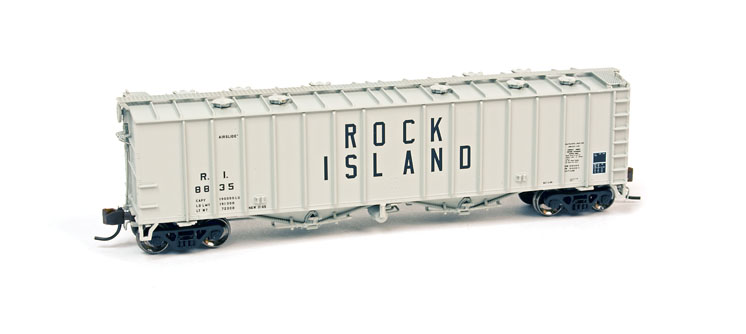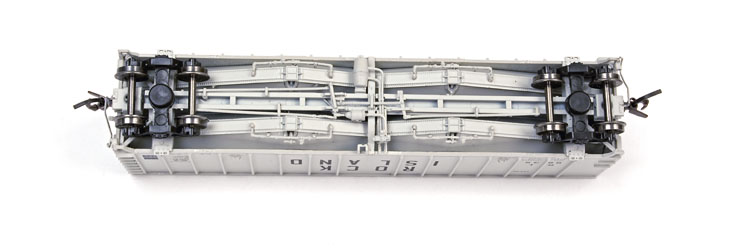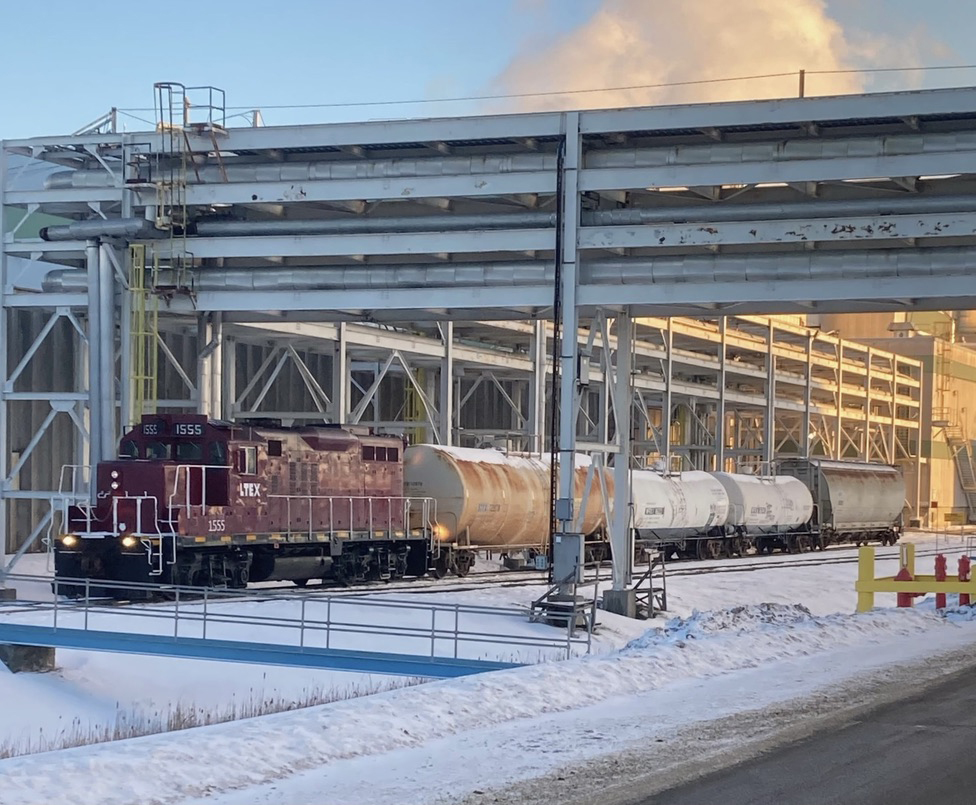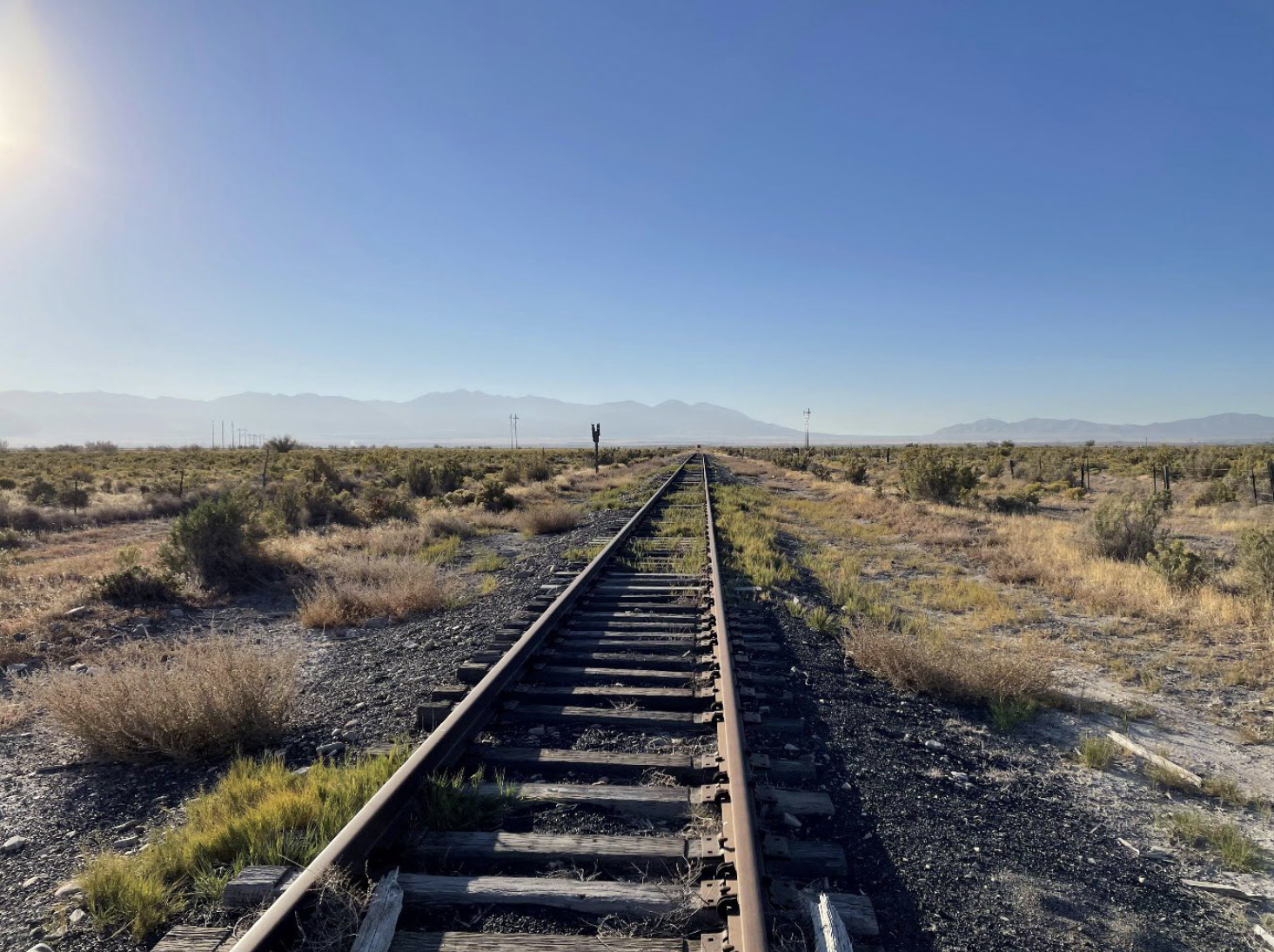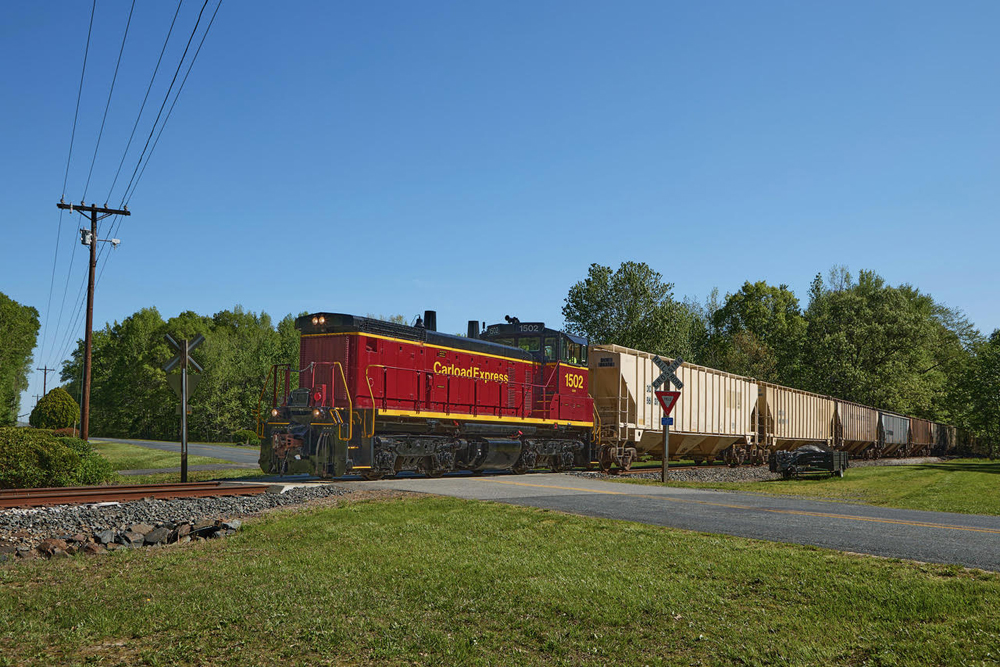Atlas Model Railroad Co. has added a new model to its expanding N scale lineup, the General American 4,180- cubic-foot capacity Airslide covered hopper. The model, based on a mid-1960s version of the car, features an injection-molded plastic body and a mix of molded-on and factory-applied plastic and etched-metal details.
The prototype. General American produced the 4,180-cubic-foot-capacity Airslide covered hopper from 1963 to 1980. The full-size car was designed to transport a variety of powdered, dry, and granular commodities such as clay, sugar, flour, starch, and PVC resin.
During the course of the production run, there were six different versions of the car, referred to as phases by railfans. The Atlas model we received depicts a phase TZH car, produced by General American between June 1965 and March 1966. Spotting features are hat-section exterior posts, a high brake wheel, and bolster jack pads with built-in roping eyes.
Production of the 4180 Airslide covered hopper ended in October 1980. Though not as numerous as they once were, examples can still be found in revenue service. BNSF Ry. converted some of its Airslides into buffer cars used on ethanol and crude oil trains.
The model. The Atlas model has a one-piece plastic body with a separate underbody. The top of the car features 10 separately applied hatch covers, wire corner grab irons, and a see-through running board. The B end of the car has a separate brake wheel, brake housing, and etched-metal brakewheel platform. The ladders and grab irons are molded.
Where the model really shines is the detailed underbody, shown on the next page. Wire uncoupling levers, which run between a bracket next to the stirrup step and the bottom of the draft-gear box, further enhance the ends of the covered hopper. Be aware, though, that the underbody details are quite delicate.
Our sample is decorated as Rock Island no. 8835, part of the railroad’s 8800 through 8864 series built by General American in 1965 and 1966. The paint was smooth and evenly applied, and the lettering was crisp with the small data legible under magnification.
I found two prototype photos of cars in this scheme, one online and the other in Rock Island Color Guide to Freight and Passenger Equipment by Steve Hile, David H. Hickcox, and Todd Miller (Morning Sun Books, 1996). The Atlas model accurately has 30″ block lettering, with extra spacing between the letters on the center panel. The other lettering and data matches prototype placement.
Measuring up. The Atlas model closely follows prototype drawings published in the 1970 Simmons-Boardman Car and Locomotive Cyclopedia.
The Airslide covered hopper weighs 1.1 ounces, which matches National Model Railroad Association Recommended Practice 20.1. The body-mounted couplers are at the correct height, and the 36″ metal wheelsets are correctly gauged.
A standout. Growing up in a town that had a sugar beet processing plant, I’ve always had a soft spot for General American 4,180-cubic-foot capacity Airslide covered hoppers, frequent visitors to the industry. Atlas did a great job on its N scale version of the dry goods hauler. The combination of see-through etched-metal parts, separately applied underbody details, and metal wheelsets makes this ready-to-run car a winner.
Price: $36.95
Manufacturer
Atlas Model Railroad Co.
378 Florence Ave.
Hillside, NJ 07205
atlasrr.com
Era: 1965 through 1980s (as decorated)
Road names: Rock Island; Gulf, Mobile & Ohio; St. Louis-San Francisco (Frisco); Southern Ry.; and Westvaco (four numbers each, plus undecorated).
Features
Body-mounted couplers
Etched-metal running boards
Weight: 1.1 ounces
Wire corner grab irons





